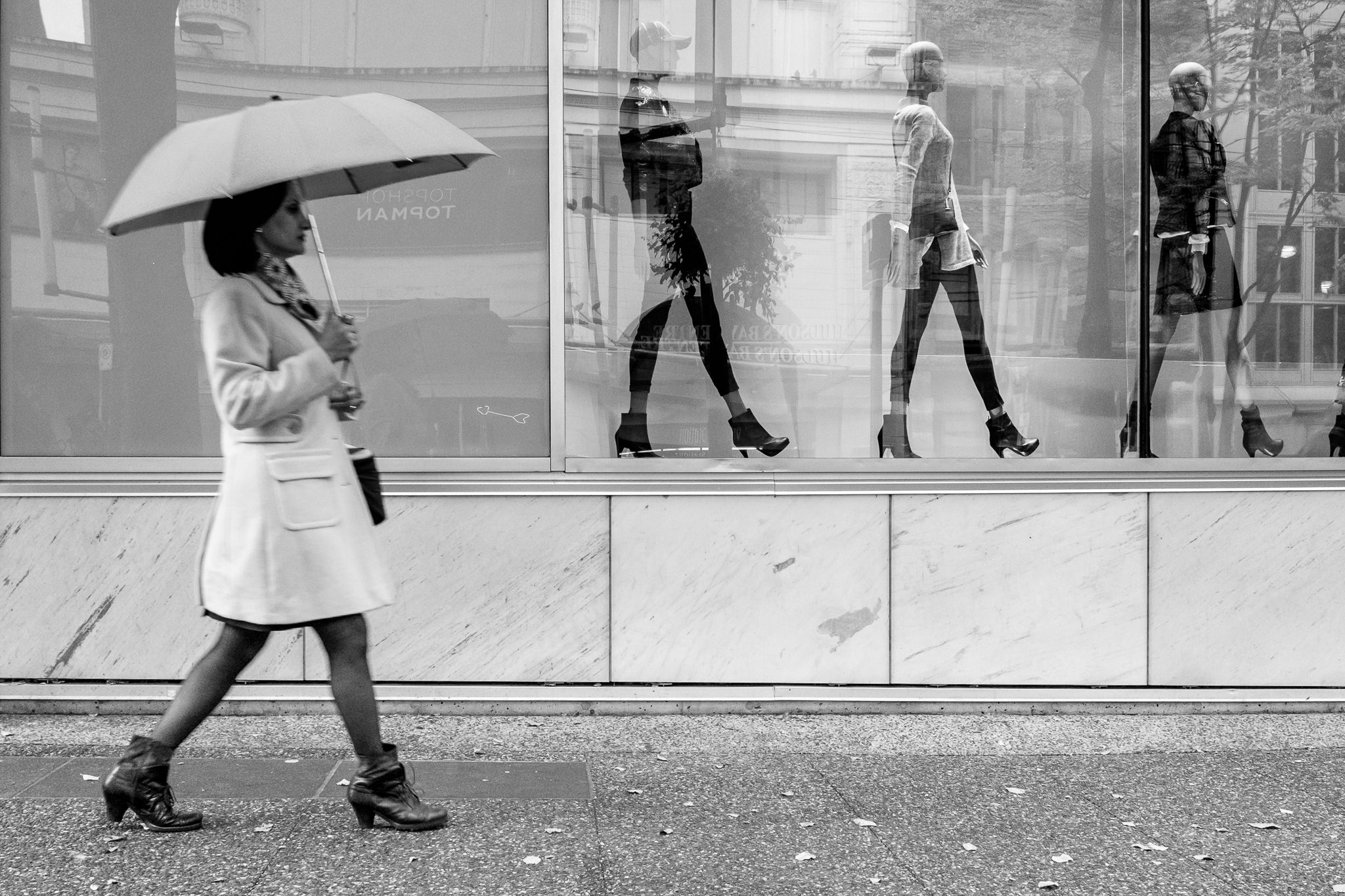Get This Report about Framing Streets
Get This Report about Framing Streets
Blog Article
What Does Framing Streets Do?
Table of ContentsRumored Buzz on Framing StreetsFraming Streets Fundamentals Explained5 Simple Techniques For Framing StreetsWhat Does Framing Streets Do?What Does Framing Streets Do?Rumored Buzz on Framing Streets
Photography category "Crufts Dog Program 1968" by Tony Ray-Jones Road digital photography (likewise sometimes called honest digital photography) is photography carried out for art or questions that includes unmediated opportunity experiences and arbitrary incidents within public locations, generally with the objective of recording pictures at a definitive or touching minute by cautious framing and timing. 
The Best Guide To Framing Streets
Susan Sontag, 1977 Road digital photography can focus on individuals and their habits in public. In this respect, the street professional photographer is comparable to social documentary photographers or photojournalists that also operate in public places, however with the aim of recording relevant events. Any of these photographers' pictures may capture individuals and residential property noticeable within or from public locations, which typically entails browsing moral concerns and laws of personal privacy, safety, and residential property.
Depictions of daily public life create a style in almost every period of globe art, beginning in the pre-historic, Sumerian, Egyptian and early Buddhist art periods. Art handling the life of the street, whether within sights of cityscapes, or as the dominant theme, shows up in the West in the canon of the Northern Renaissance, Baroque, Rococo, of Romanticism, Realism, Impressionism and Post-Impressionism.
Some Known Factual Statements About Framing Streets
Louis Daguerre: "Boulevard du Holy place" (1838 or 1839) In 1838 or 1839 the very first photo of figures in the road was taped by Louis-Jacques-Mand Daguerre in one of a pair of daguerreotype views taken from his workshop window of the Boulevard du Temple in Paris. The 2nd, made at the elevation of the day, shows an unpopulated stretch of road, while the other was taken at concerning 8:00 am, and as Beaumont Newhall reports, "The Boulevard, so frequently filled with a moving crowd of pedestrians and carriages was completely singular, other than a person who was having his boots combed.
His boots and legs were well specified, but he is without body or head, because these were in movement." Charles Ngre, waterseller Charles Ngre. https://gravatar.com/davidturley33101 was the initial photographer to attain the technical elegance required to register individuals in movement on the street in Paris in 1851. Photographer John Thomson, a Scotsman dealing with journalist and social protestor Adolphe Smith, published Road Life you could try this out in London in twelve month-to-month installations starting in February 1877
An Unbiased View of Framing Streets
Eugene Atget is considered as a progenitor, not because he was the initial of his kind, yet as an outcome of the popularisation in the late 1920s of his document of Parisian streets by Berenice Abbott, who was influenced to embark on a comparable paperwork of New york city City. [] As the city established, Atget aided to promote Parisian roads as a worthwhile subject for digital photography.

How Framing Streets can Save You Time, Stress, and Money.
The principal Mass-Observationists were anthropologist Tom Harrisson in Bolton and poet Charles Madge in London, and their first report was produced as guide "May the Twelfth: Mass-Observation Day-Surveys 1937 by over 2 hundred onlookers" [] Home window cleaner at Kottbusser Tor, Berlin, by Elsa Thiemann c. 1946 The post-war French Humanist College digital photographers found their topics on the road or in the restaurant. In between 1946 and 1957 Le Groupe des XV yearly showed job of this kind. Andre Kertesz. Circus, Budapest, 19 May 1920 Road photography formed the significant material of 2 events at the Museum of Modern Art (Mo, MA) in New York curated by Edward Steichen, 5 French Professional Photographers: Brassai; Cartier-Bresson, Doisneau, Ronis, Izis in 1951 to 1952, and Post-war European Digital Photography in 1953, which exported the principle of road digital photography internationally.

Our Framing Streets Statements
The recording device was 'a hidden cam', a 35 mm Contax concealed below his coat, that was 'strapped to the chest and linked to a long wire strung down the ideal sleeve'. His work had little contemporary impact as due to Evans' sensitivities about the creativity of his job and the personal privacy of his subjects, it was not published up until 1966, in the publication Many Are Called, with an intro written by James Agee in 1940.
Helen Levitt, after that a teacher of kids, related to Evans in 193839. She documented the temporal chalk drawings - Sony Camera that were part of youngsters's street society in New york city at the time, in addition to the kids that made them. In July 1939, Mo, MA's new photography area included Levitt's job in its inaugural exhibitRobert Frank's 1958 publication,, was substantial; raw and usually out of focus, Frank's pictures examined traditional digital photography of the moment, "tested all the formal regulations laid down by Henri Cartier-Bresson and Pedestrian Evans" and "flew in the face of the wholesome pictorialism and wholehearted photojournalism of American magazines like LIFE and Time".
Report this page